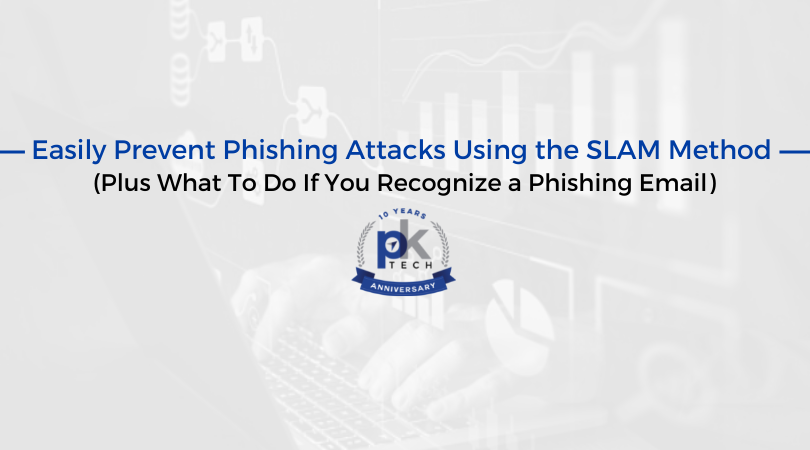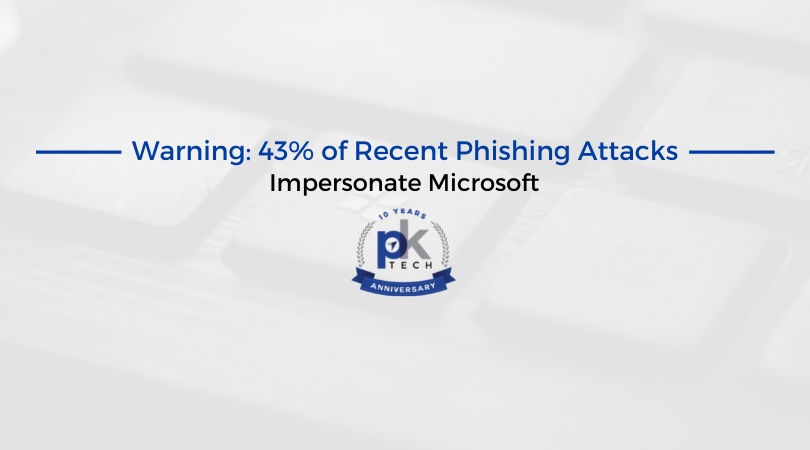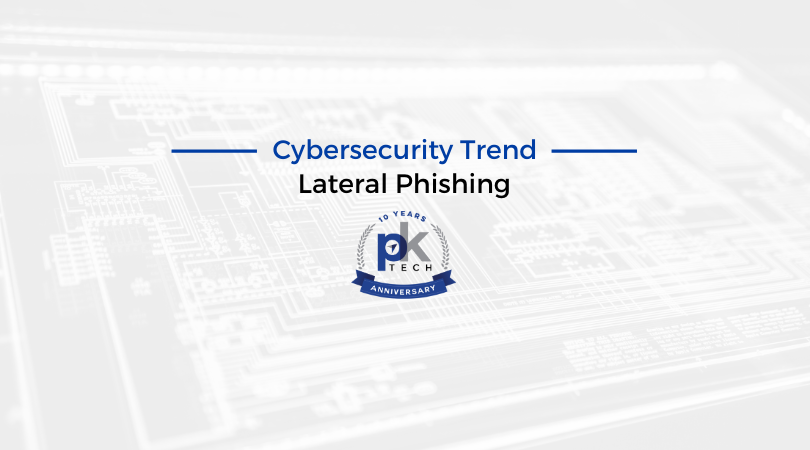10 Shocking Phishing Facts
Are you doing enough to protect your business and yourself from phishing attacks? If you think you aren’t likely to be a victim, we recommend...
2 min read
Megan Schutz : December 15, 2021

There’s no quick fix for phishing attacks and ransomware once they happen, but there is an easy-to-remember method to help prevent them. As cybersecurity remains a key focus for businesses heading into 2022, simple prevention methods are a welcomed solution.
One of the most impacted industries is healthcare. SLAM is an acronym for a set of simple methods to prevent and identify phishing attacks proactively.
What does SLAM stand for?
What To Do If You Recognize a Phishing Email
The SLAM method helps employees and leadership recognize phishing emails when they land in their inbox. But what about the next step? Here’s what to do if you recognize or suspect a phishing email:
If your company is in Arizona and wants to discuss strategies to strengthen your email security posture, reach out here.

Are you doing enough to protect your business and yourself from phishing attacks? If you think you aren’t likely to be a victim, we recommend...

A new report by security solution vendor Barracuda was released detailing the targets of cybercriminal attacks and the evolution of spear-phishing...

In this blog, we’ll be highlighting an emerging threat known as lateral phishing.